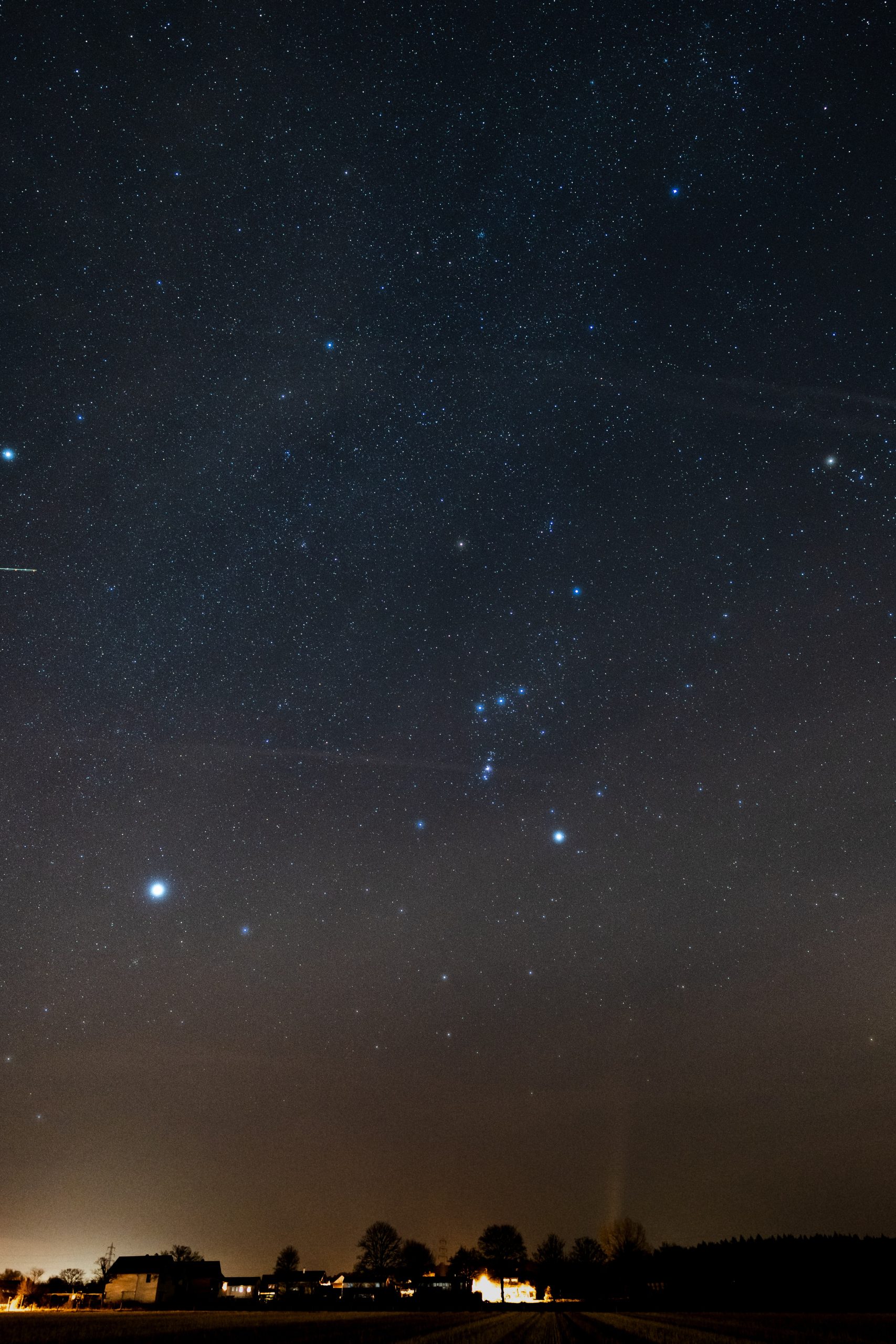Why is the Moon Upside Down?
When we gaze up at the night sky, one of the most mesmerizing sights we can behold is the moon. Its mystical presence has captivated human beings throughout history, inspiring countless myths, legends, and scientific investigations. However, upon closer observation, some may notice that the moon appears to be upside down from certain vantage points. What causes this peculiar phenomenon? In this blog post, we will delve into the factors behind the moon’s apparent orientation and explore the science that explains why it sometimes appears to be upside down.
Perceiving the Moon’s Orientation
Before we can understand why the moon may appear upside down, it is crucial to grasp how we perceive its orientation in the first place. As Earth-dwellers, we are accustomed to visualizing the world around us based on our perspective. Gravity, along with the guidance of visual cues, helps us understand the upright position of objects and distinguishes what is up from what is down.
When we look up at the night sky, we naturally assume that the celestial objects we observe share the same orientation as the environment we inhabit. Our minds have a predisposition to assign “up” to the direction opposite to gravity and “down” to the direction of gravitational pull. This innate tendency comes into play when we observe the moon.
Around the Earth We Go
To comprehend why the moon may appear upside down, we must take into account both the Earth’s rotation on its axis and the moon’s orbit around our planet. Earth rotates from west to east, completing one full revolution every 24 hours, giving us the familiar cycle of day and night. Simultaneously, the moon orbits the Earth in an elliptical path, taking approximately 29.5 days to complete one orbit.
As the Earth spins, observers in different geographical locations move relative to one another, with each location experiencing a unique perspective of the moon’s position. Think of it like a merry-go-round: as it spins, riders seated at various locations see the horses from different angles, despite being on the same rotating platform. Similarly, our planet’s rotation alters our viewpoint of the moon.
The Flip Side of the Moon
Now that we understand the rotational dynamics, let’s explore how these movements contribute to the moon appearing upside down. When we say the moon is upside down, it is essential to clarify that this is just an illusion caused by our interpretation of the moon’s orientation based on our Earth-centric perspective.
From the northern hemisphere, which is the viewpoint of most observers, the moon appears to move in a counterclockwise direction across the night sky. When the moon is at its highest point in the sky, it is positioned due south. This alignment leads us to visualize the moon as being upright, with the bottom portion slightly angled to the right and the top portion angled to the left, just as it appears in many illustrations and photographs.
However, when we observe the moon from the southern hemisphere, the situation changes. The counterclockwise motion of the moon across the sky remains the same, but now its highest point is due north rather than south. Consequently, the moon seemingly flips in its orientation, appearing upside down compared to our northern hemisphere viewpoint. This is because our minds expect to see the bottom portion angled to the right and the top portion angled to the left, but in the southern hemisphere, this arrangement is reversed.
Understanding the Mechanics
To grasp the science underlying this apparent flip, we must consider the two main factors driving this perception: the Earth’s rotation and the observer’s position relative to the moon. When an observer sights the moon from the northern hemisphere, they are facing south toward the moon’s highest point in the sky. This alignment results in the expected orientation with the bottom to the right and the top to the left.
However, when an observer is located in the southern hemisphere, they face northward to view the moon’s highest point. In this case, the apparent orientation seems inverted. This is because our brains expect the same orientation as seen from the northern hemisphere, with the bottom to the right and the top to the left. Yet since the observer is on the opposite side of the Earth, the moon appears upside down according to their perspective.
It is crucial to understand that these perceived orientations are merely illusions caused by our Earth-bound perspective and the relative positions of the moon and the observer. The moon itself does not physically change its orientation in space; rather, it is our interpretation of its orientation that varies according to our vantage point.
Conclusion
The moon’s apparent upside-down orientation is a captivating example of how our Earth-centric perspective influences our perception of the cosmos. As our planet rotates on its axis, observers in different hemispheres experience unique viewpoints of the moon’s position. While the moon itself remains unchanged, our interpretations of its orientation vary accordingly. By understanding the mechanics behind this phenomenon, we can appreciate the beauty of the moon from any perspective and gain a deeper appreciation for the wonder of the universe.
Table of Contents
